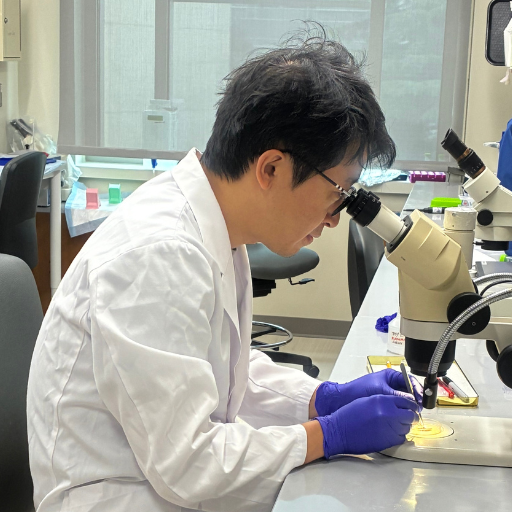Investigating How Loss of an “Off Switch” for Inflammation Contributes to AMD

About the Research Project
Program
Award Type
Standard
Award Amount
$160,000
Active Dates
July 01, 2016 - June 30, 2019
Grant ID
M2016030
Goals
The inflammatory response is needed to take care of all the tissues that make up our body to keep us in working order. However, inflammation is a double-edged sword: too much can cause damage to the surrounding tissues, and too little can be ineffective at inducing healing. To overcome this problem, the inflammatory response has evolved so that once a pro-inflammatory response is generated, it promotes the expression of chemicals that provide feedback and switch off inflammation by inhibiting the very pro-inflammatory signals that generated them; in this way, the process of inflammation programs its own end. Age-related macular degeneration (AMD) has elements that indicate that the inflammatory response is uncontrolled and persistent when low-level inflammation is observed. Our research question asks whether this active process of switching off the inflammatory response is lost in people with AMD.
Summary
My lab aims to understand the underlying mechanisms that are the driving forces behind age-related macular degeneration (AMD) so that we can prevent macular degeneration in future generations and stop its progression in those currently suffering from this blinding disease. The overarching goal of this proposal is to investigate the contribution that “negative-regulators” of toll-like receptors (TLRs) play in the pathogenesis of AMD.
TLRs are critical sensors of danger used by our immune system. First, we will analyze expression levels of a range of negative regulators of TLRs in our circulating immune cells and the retinas of AMD and healthy donors. Second, we will analyze the impact of a pro-inflammatory or anti-inflammatory state on negative regulators of TLRs. Third, we will investigate the role of negative-regulators of TLRs in the eye’s ability to protect itself from overt inflammation. Finally, we will analyze a role for negative regulators of TLRs in controlling intracellular inflammatory signaling pathways in immune cells in the environment of the eye.
It is clear that inflammatory processes are involved in some capacity in the pathogenesis of AMD. Despite this, there has been scant investigation into the role of TLRs, the primary initiators of inflammation, in AMD, outside of nominal genetic risk factor association studies and expression analysis. To the best of my knowledge, no one has yet tackled the role that TLR-inhibitory proteins may play in the pathogenesis of AMD. Early disease is often asymptomatic, and that by itself represents a significant challenge, making it more difficult to recruit people who are only beginning to develop AMD into studies. Nonetheless, such studies have the potential to offer insight into the mechanisms at play both in initiating the disease and driving it forward.
For this project, we will use peripheral blood mononuclear cells (PBMCs) already banked from a population cohort that investigates the aging process on the island of Ireland. Those diagnosed with AMD are in the early stages of the disease. This is key to the potential success, uniqueness, and feasibility of the proposed research. Using these samples we will be able to determine the mechanisms at play in the earliest stages of disease and to minimize confounding symptomatic factors.
This research will expand our knowledge of the role of inflammation in early-stage AMD and provide insight into possible interventions that may have the potential to be disease-modifying. Ideally, identification at the molecular level of “checkpoints” of the inflammatory response in AMD will yield novel therapeutic approaches, in the form of agents that might either block or induce TLR signaling events.
Related Grants
Macular Degeneration Research
How Aging of the Immune System Affects Age-Related Macular Degeneration
Active Dates
July 01, 2025 - June 30, 2028

Principal Investigator
Masayuki Hata, MD, PhD
Current Organization
Kyoto University
Macular Degeneration Research
Microglia’s Roles in AMD to Inform Therapies for Vision Loss Prevention
Active Dates
July 01, 2025 - June 30, 2027

Principal Investigator
Nobuhiko Shiraki, PhD
Current Organization
Duke University School of Medicine
Macular Degeneration Research
Exosomes and Autophagy: Suspicious Partners in Drusen Biogenesis and AMD
Active Dates
July 01, 2024 - June 30, 2027

Principal Investigator
Miguel Flores Bellver, PhD
Current Organization
University of Colorado Anschutz Medical Campus





